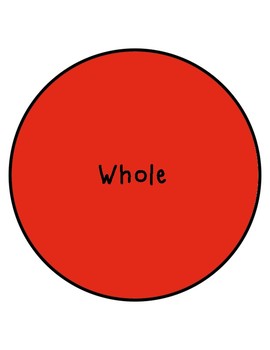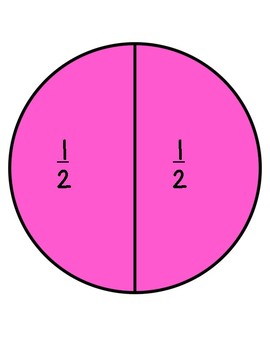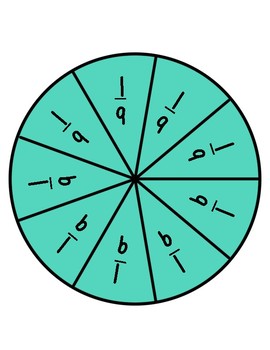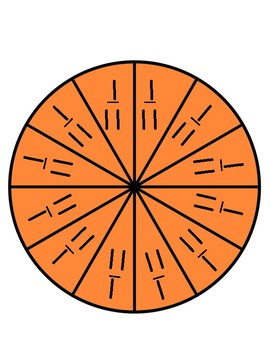Fraction Teacher Manipulatives with Fractions on the pieces
Ms S Superstars
20 Followers
Grade Levels
3rd - 6th
Subjects
Resource Type
Standards
CCSS3.NF.A.1
CCSS3.NF.A.2
CCSS3.NF.A.3
CCSS4.NF.A.1
CCSS4.NF.A.2
Formats Included
- PDF
Pages
12 pages
Ms S Superstars
20 Followers
Description
These can be laminated and used to help demonstrate to students on the board. These are full page fraction circles. Fractions are written on the circles. This is bundled with one without fractions for a discount.
Total Pages
12 pages
Answer Key
N/A
Teaching Duration
30 minutes
Report this resource to TPT
Reported resources will be reviewed by our team. Report this resource to let us know if this resource violates TPT’s content guidelines.
Standards
to see state-specific standards (only available in the US).
CCSS3.NF.A.1
Understand a fraction 1/𝘣 as the quantity formed by 1 part when a whole is partitioned into 𝘣 equal parts; understand a fraction 𝘢/𝑏 as the quantity formed by 𝘢 parts of size 1/𝘣.
CCSS3.NF.A.2
Understand a fraction as a number on the number line; represent fractions on a number line diagram.
CCSS3.NF.A.3
Explain equivalence of fractions in special cases, and compare fractions by reasoning about their size.
CCSS4.NF.A.1
Explain why a fraction 𝘢/𝘣 is equivalent to a fraction (𝘯 × 𝘢)/(𝘯 × 𝘣) by using visual fraction models, with attention to how the number and size of the parts differ even though the two fractions themselves are the same size. Use this principle to recognize and generate equivalent fractions.
CCSS4.NF.A.2
Compare two fractions with different numerators and different denominators, e.g., by creating common denominators or numerators, or by comparing to a benchmark fraction such as 1/2. Recognize that comparisons are valid only when the two fractions refer to the same whole. Record the results of comparisons with symbols >, =, or <, and justify the conclusions, e.g., by using a visual fraction model.





